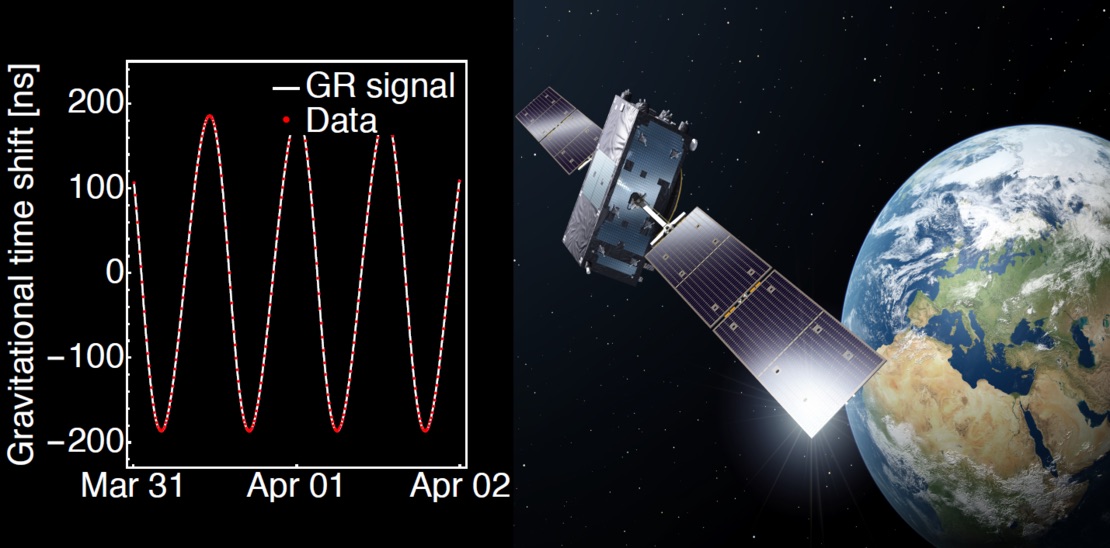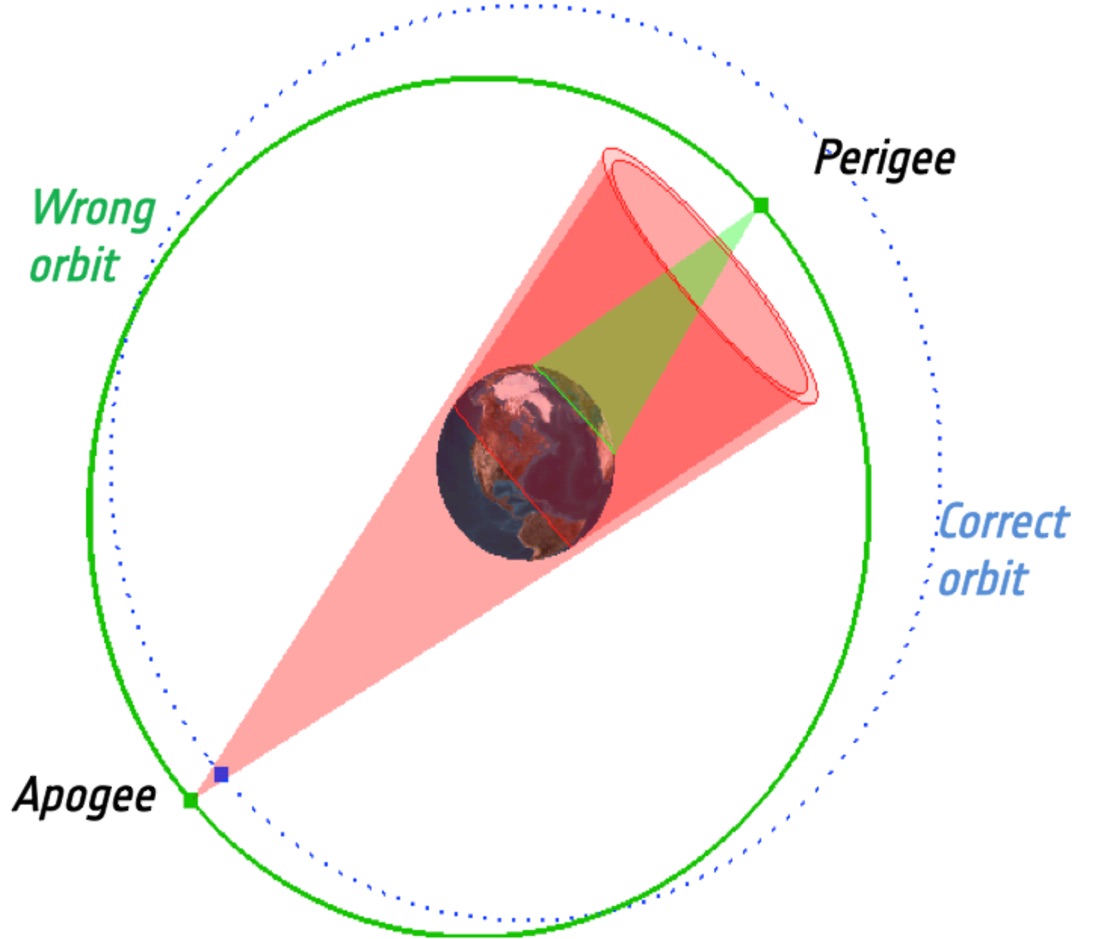
The botched launch of two global-positioning satellites four years ago has proven to be a real gift to physicists.
Scientists have used the Galileo 5 and Galileo 6 spacecraft to measure "gravitational time dilation" more precisely than ever before, two new studies reported.
Gravitational time dilation, also known as gravitational redshift, is a key prediction of the theory of general relativity, which Albert Einstein published a century ago. Gravitational fields slow the passage of time; the closer a clock is to a massive object, the more slowly its hands will move, as seen by an outside observer. [What Is Einstein's Theory of General Relativity?]
Time dilation also occurs due to motion, as predicted by Einstein's 1905 theory of special relativity: The faster you go, the more slowly clocks tick (again, as seen by an outside observer).
Time dilation isn't just theoretical; global-positioning satellites have to take it into effect to provide accurate readings to users here on Earth. And scientists have measured the phenomenon precisely in the field, most famously in 1976 with the Gravity Probe-A experiment. Back then, researchers launched an atomic clock to an altitude of about 6,200 miles (10,000 kilometers), then compared its ticking to that of a similar instrument here on Earth. The results confirmed the predictions of general relativity, to within 0.007 percent.
The Gravity Probe-A measurement was the gold standard for four decades — until Galileo 5 and 6 came along. The duo launched atop a Russian Soyuz rocket in 2014 to join Europe's Galileo satellite-navigation network, but things didn't go according to plan.
The Soyuz delivered the satellites to incorrect orbits, which were too elliptical for Galileo 5 and 6 to do sat-nav work. (During the close-approach phase of these orbits, the spacecraft were unable to keep the entire Earth in view, which they needed to do to "center" their signal beams.)
Get the Space.com Newsletter
Breaking space news, the latest updates on rocket launches, skywatching events and more!
The satellites' handlers managed to raise and circularize the pair's orbits over time. But the paths of Galileo 5 and 6 are still elliptical; both satellites climb and fall about 5,280 miles (8,500 km) twice per day, European Space Agency (ESA) officials said.
This characteristic isn't great for navigation work; Galileo team members are still evaluating whether the two satellites can join the proper constellation. But the situation is tailor-made for a time-dilation measurement, especially since Galileo 5 and 6 both have precise atomic clocks of their own, which remain stable to within 1 second every 3 million years.

"The fact that the Galileo satellites carry passive hydrogen-maser clocks was essential for the attainable accuracy of these tests," Sven Hermann, of the University of Bremen's ZARM Center of Applied Space Technology and Microgravity in Germany, said in an ESA statement.
Hermann led one of the two new studies; the other was helmed by Pacôme Delva, at the Paris Sciences & Letters-PSL University and Sorbonne University in France. The two research teams measured how fast the clocks on Galileo 5 and 6 were ticking at various points in their elliptical orbits — at both the near-Earth and more-distant positions — over the span of about three years.
And the researchers managed a roughly five-fold improvement in precision over Gravity Probe-A's work.
"It is hugely satisfying for ESA to see that our original expectation[s] that such results might be theoretically possible have now been borne out in practical terms, providing the first reported improvement of the gravitational redshift test for more than 40 years," Javier Ventura-Traveset, head of ESA's Galileo Navigation Science Office, said in the same statement.
"These extraordinary results have been made possible thanks to the unique features of the Galileo satellites, notably the very high stabilities of their onboard atomic clocks; the accuracies attainable in their orbit determination; and the presence of laser-retroreflectors, which allow for the performance of independent and very precise orbit measurements from the ground, key to disentangle clock and orbit errors," he added.
Both studies were published yesterday (Dec. 4) in the journal Physical Review Letters.
Mike Wall's book about the search for alien life, "Out There" (Grand Central Publishing, 2018; illustrated by Karl Tate), is out now. Follow him on Twitter @michaeldwall. Follow us @Spacedotcom or Facebook. Originally published on Space.com.
Join our Space Forums to keep talking space on the latest missions, night sky and more! And if you have a news tip, correction or comment, let us know at: community@space.com.

Michael Wall is a Senior Space Writer with Space.com and joined the team in 2010. He primarily covers exoplanets, spaceflight and military space, but has been known to dabble in the space art beat. His book about the search for alien life, "Out There," was published on Nov. 13, 2018. Before becoming a science writer, Michael worked as a herpetologist and wildlife biologist. He has a Ph.D. in evolutionary biology from the University of Sydney, Australia, a bachelor's degree from the University of Arizona, and a graduate certificate in science writing from the University of California, Santa Cruz. To find out what his latest project is, you can follow Michael on Twitter.









